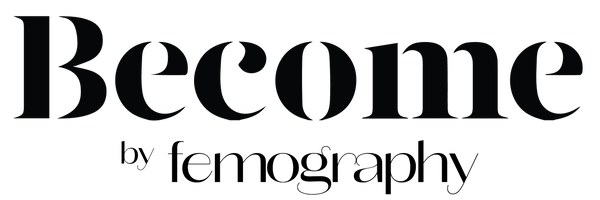Phytoestrogen and the Menopause

In the menopause, our ovaries gradually secrete less oestrogen into the body, and our brain tries to compensate for the lack of oestrogen by sending surges of heat through the body, which we know to be night sweats and hot flushes. Naturally, women want to combat this by actively supplying the body with oestrogen, which we are led to believe comes from hormone replacement therapy (HRT).
However, more women today are not wanting to try HRT, or be on it for a long period of time due to the possible health risks, which presents a predicament as there still needs to be a way for women to treat the menopause. The good news is, natural phytoestrogen has proven to be an effective alternative to HRT.
What are Phytoestrogens?
“Phyto” is the greek word for plants. Phytoestrogens contain the exact same chemical compounds found in human oestrogen, albeit not as strong. Yet, it is still hailed by many as the safest and most effective natural hormone replacement. When the body is provided with regular amount of phytoestrogen, this provides a balancing effect on the brain as it believes the body is circulating the adequate amount of oestrogen for optimal functioning. This can successfully manage oestrogen deficient-related symptoms in the menopause, such as hot flushes, mood swings, vaginal dryness, lower sex drive, loss of bone density, and hair loss.
Are Phytoestrogens useful in the Menopause?
By comparison, asian populations consume a soya rich intake, which contains a generous amount of phytoestrogen called isoflavones. This has meant that asian women aren't too familiar with menopausal symptoms, or conditions such as osteoporosis or breast/ovarian unless they were to switch to a western diet. To put it in perspective, it is said that japanese women traditionally consume a daily average of 50-100 mg of isoflavones, whereas in the west, the daily average is 3 mg or less, which is a staggering difference.
Even though isoflavones are said to only contain a miniscule fraction of oestrogen in comparison to animal oestrogen, it is still proving to be extremely effective as a natural hormone regulator and just as powerful as HRT but without the health risks that HRT comes with. This is also backed by NICE guidelines for the menopause; claiming that isoflavones are one of the most effective non-drug alternatives to control or alleviate menopause symptoms.
Simply put, the earlier the exposure to phytoestrogen rich foods, the better.
What are the benefits of Phytoestrogens?
Phytoestrogens are more beneficial to women who have entered into the menopause. This is because when a woman is in perimenopause, her oestrogen has not fallen a great deal yet, so isoflavones would be unnecessary. We must be highly aware of our current oestrogen levels, as we do not want to overload the body with excess oestrogen from consuming isoflavones in perimenopause, in high doses and over long periods, when your oestrogen levels have not fallen yet. This can promote an ‘oestrogen dominance’ in the body which can result in a cancerous effect.
When a woman has officially entered into the menopause, this is when oestrogen levels have fallen dramatically and this would be the ideal time for isoflavones to be introduced to the body as it will give the body a much-needed boost of oestrogen, which can help to:
- Reduce menopausal hot flushes
- Prevent bone loss, protecting against osteoporosis
- Reduce LDL (the bad cholesterol) and raise HDL (the good cholesterol)
- Unblock clogged arteries
- Normalise blood glucose levels
- Regulate the menstrual cycle
- Help prevent oestrogen-dependent cancers (breast, ovarian, prostate)
- Improve cognitive function
- Restore memory
What foods contain Phytoestrogens?
Phytoestrogen foods are considerably weaker in hormone strength than animal oestrogen, so it is recommended to consume them in abundance from plant based foods such as fruits, veggies, grains, nuts, seeds, and legumes and herbs, consistently throughout the day. Soya products contain much higher amounts of isoflavones. Foods that provide isoflavones in less concentrated amounts are lentils, chickpeas, mung beans, sunflower, pumpkin and sesame seeds, other beans, green and yellow vegetables and red clover.
Do I need an isoflavones supplement and how much to do I take?
If you wish to alleviate symptoms in the menopause, the amount of isoflavones per day is very much dependant on your current oestrogen levels, so it is best to be checked by your doctor and advised accordingly. If you know that your oestrogen has fallen significantly in the menopause, it is worth taking an soy isoflavones supplement as it has a much higher and a more concentrated level of oestrogen than phytoestrgen foods alone.
Disclaimer:
Become™️ has a wonderful team of experts who all helped in the writing of this content. The opinions expressed within this page are the opinions of many people we asked, and from information we researched online. Become™️ is not responsible for the accuracy, completeness, suitability, or validity of any information on this page. All information is provided on an as-is basis.



